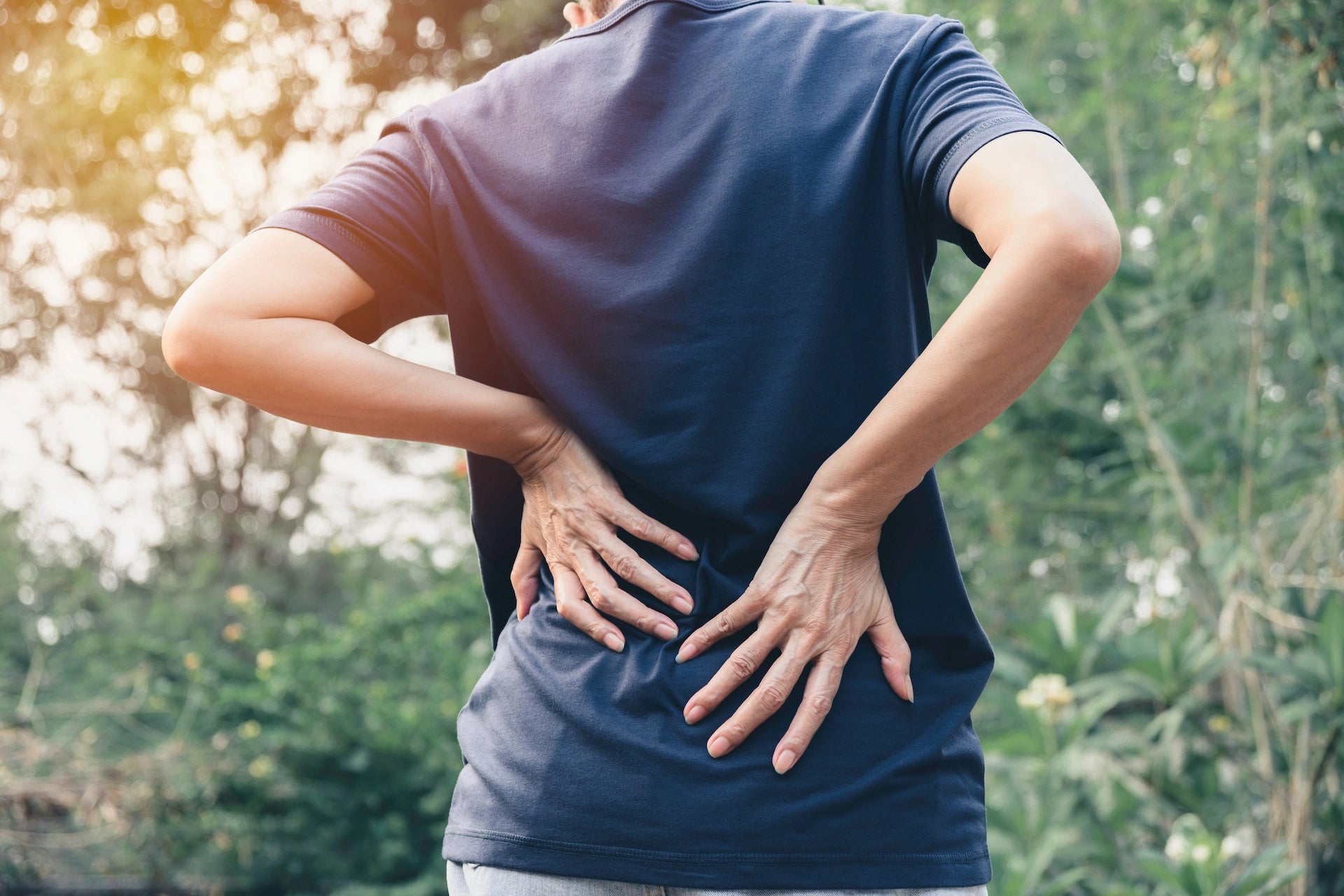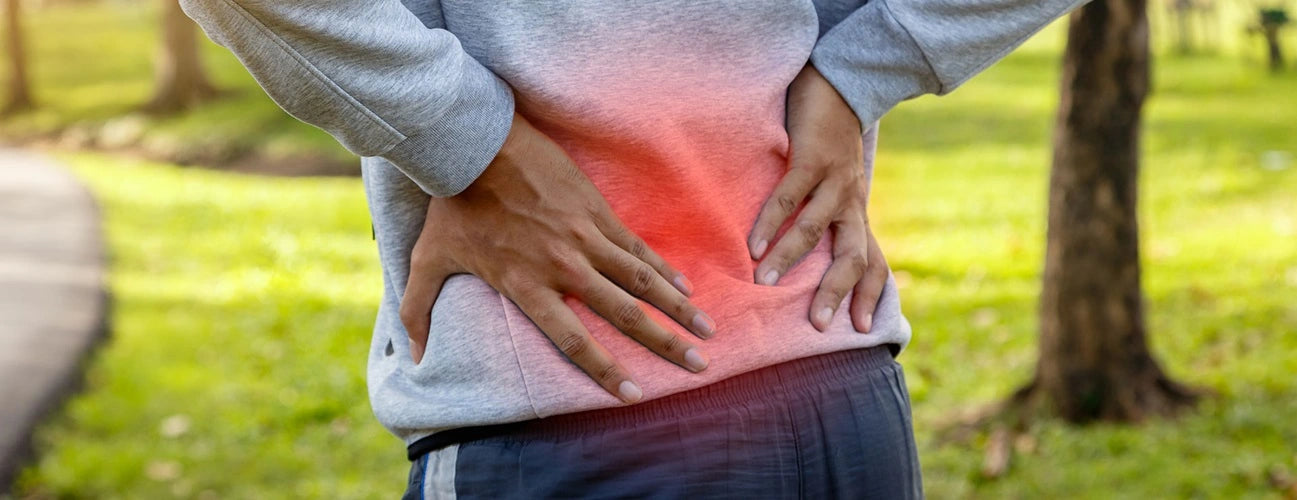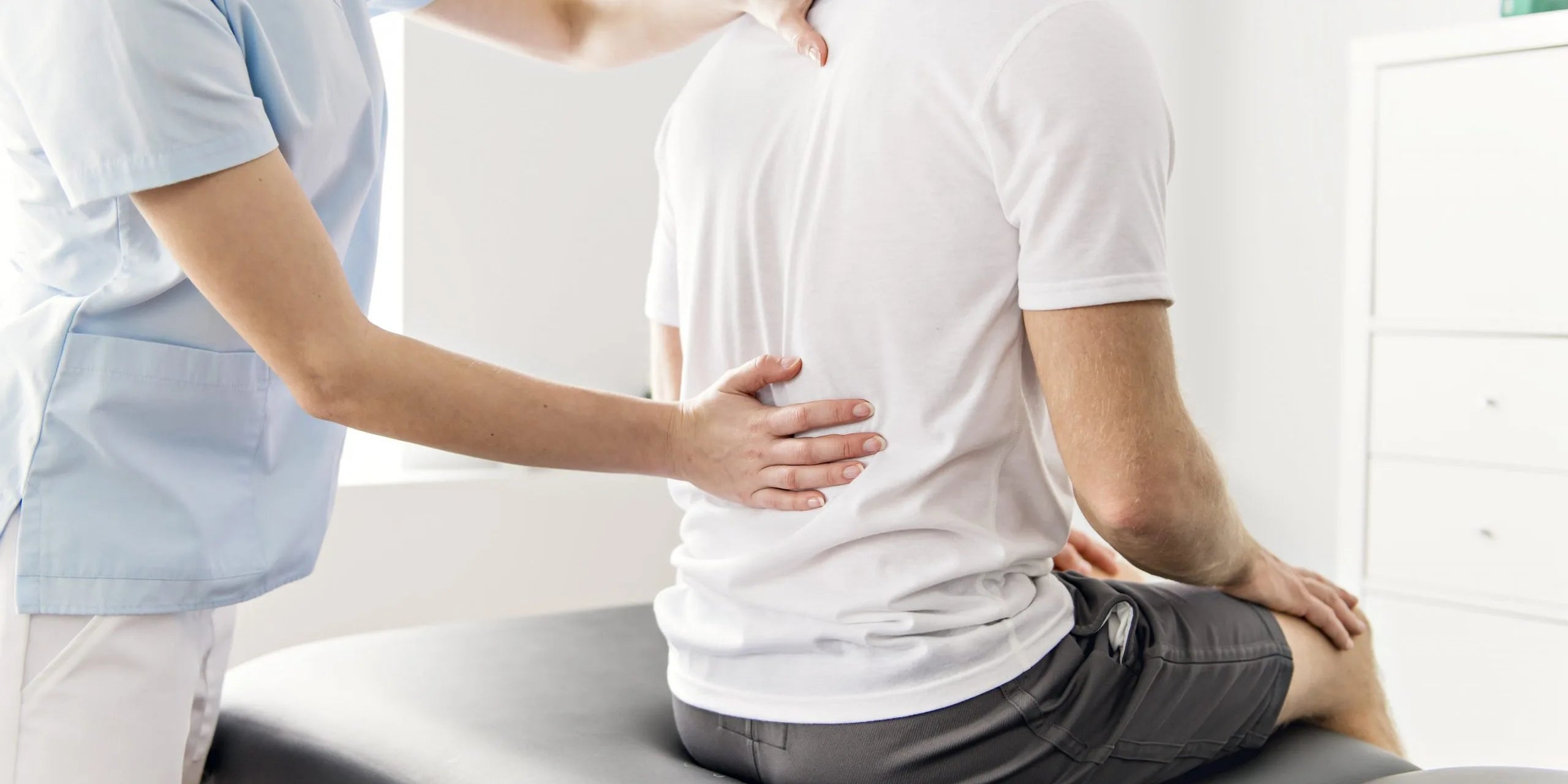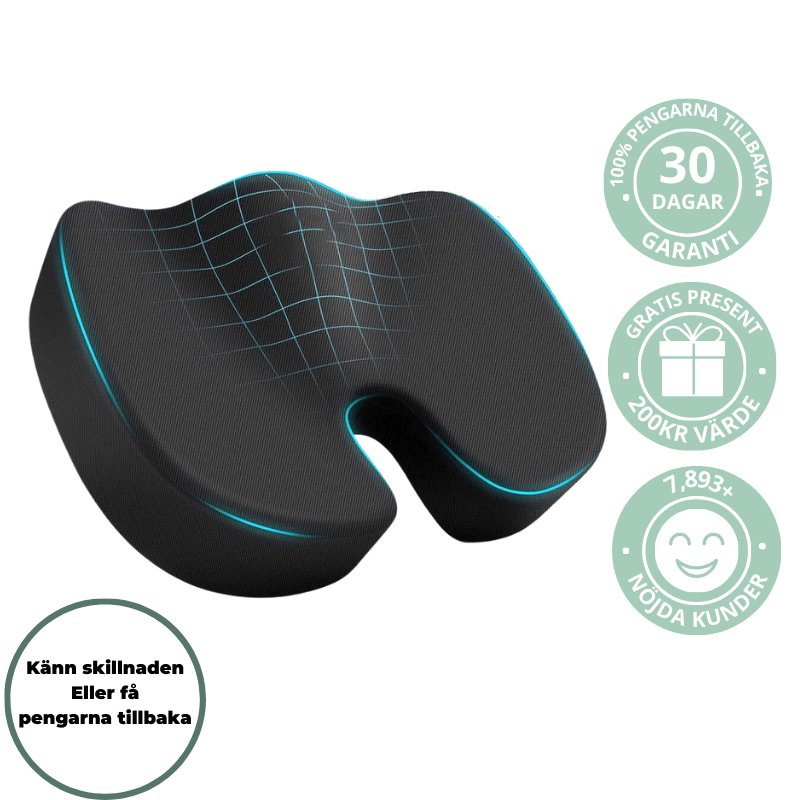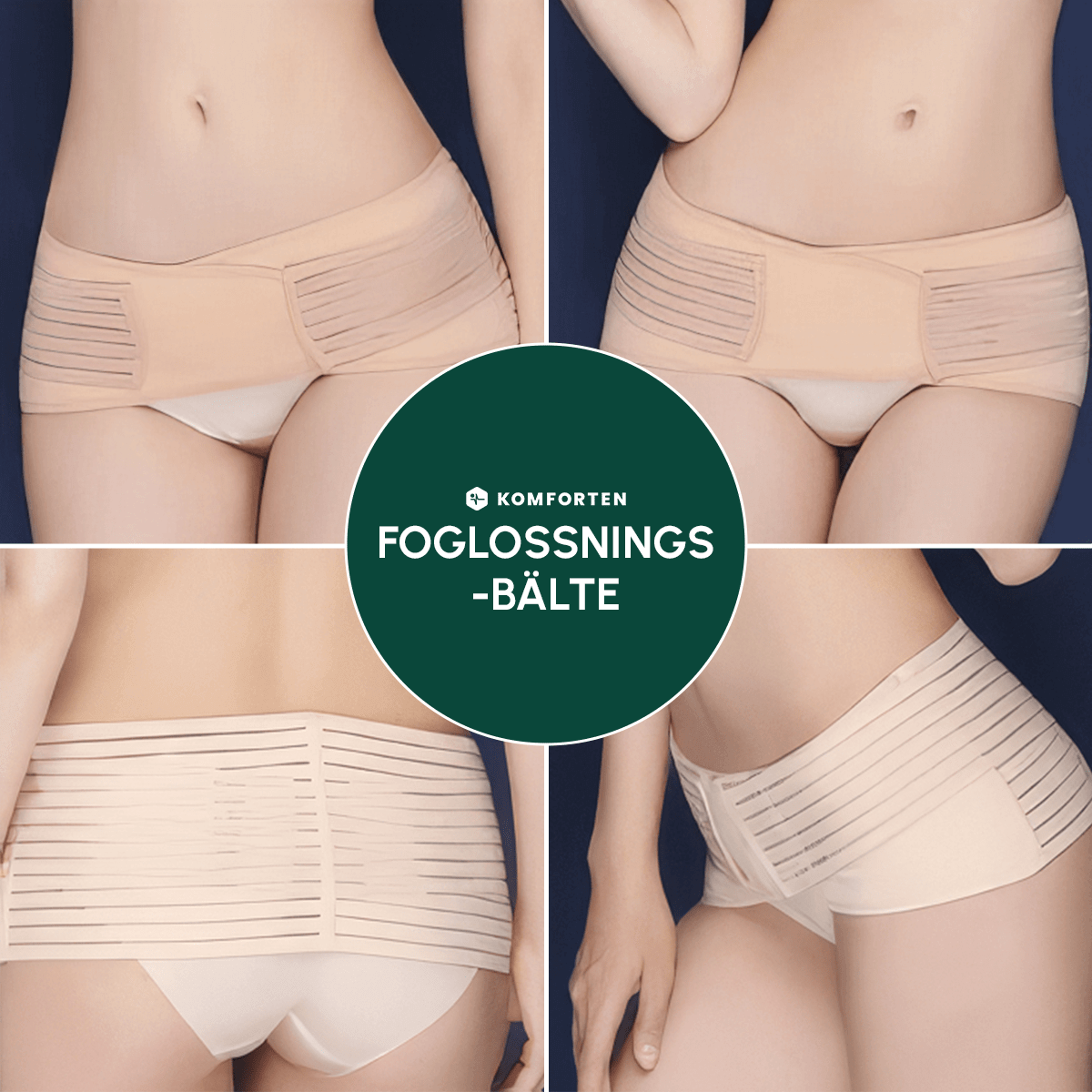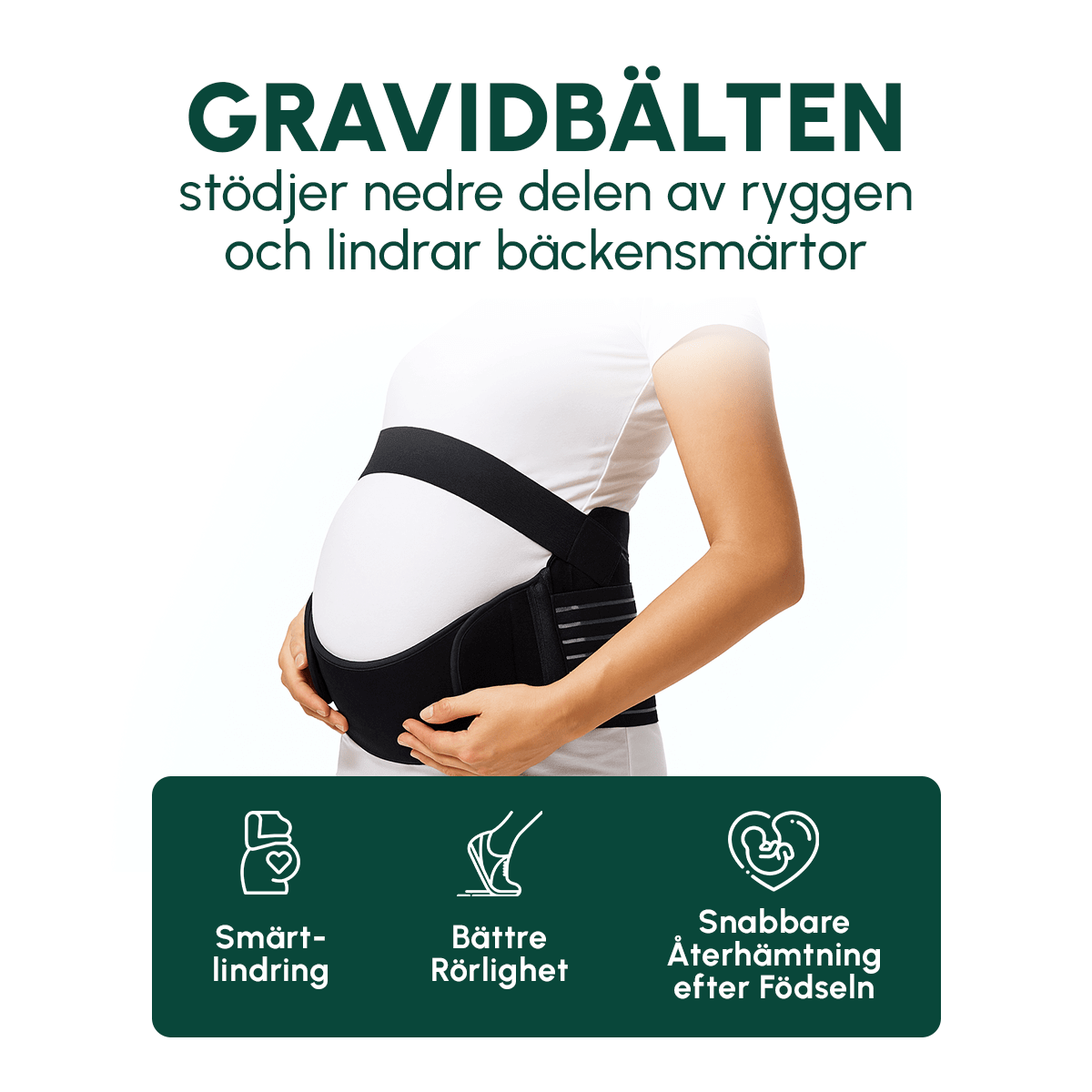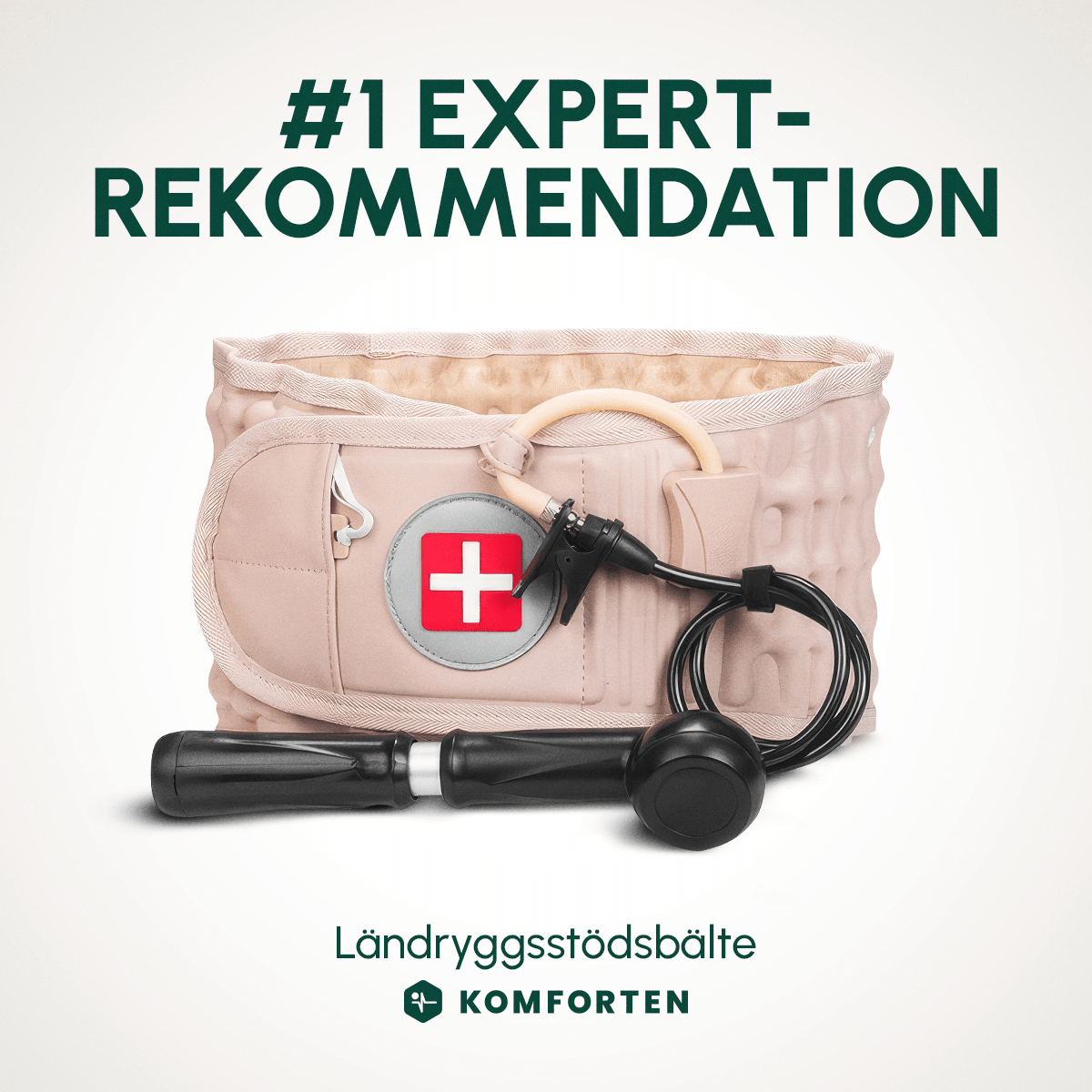Back Pain: Causes, Symptoms, and Effective Treatments
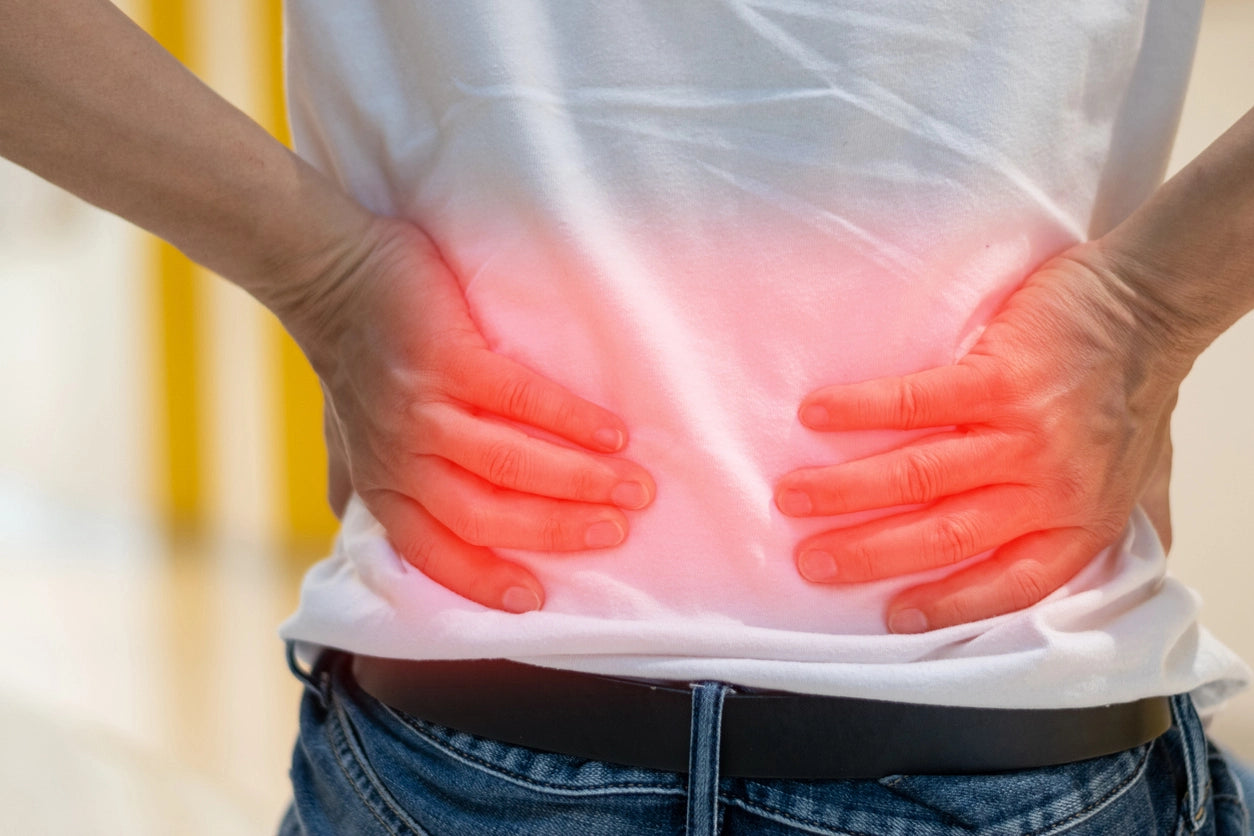
Pelvic pain can be both frustrating and limiting. Have you ever felt a persistent pain in your lower abdomen or pelvic area that just won't go away? Whether the pain is acute or chronic, it can affect your daily life, exercise, and sleep. In this guide, we'll walk you through common causes, symptoms, and treatments for those suffering from pelvic pain.
What is pelvic pain?
Pelvic pain is an unpleasant feeling in the lower abdomen or hip area. It can be dull, stabbing, or shooting and sometimes radiates to the back, groin, or thighs. Pelvic pain can come on suddenly (acute) or be long-lasting (chronic). Women often experience the pain in connection with pregnancy or menstruation, but men can also be affected.
Common symptoms of pelvic pain
The symptoms of pelvic pain can vary depending on the cause. Here are some common signs to look out for:
- Dull or sharp pain in the lower abdomen
- Pain that radiates to the lower back, hips, or thighs
- Discomfort when sitting, moving, or at night
- Pain when going to the toilet or during menstruation
Common types of pelvic pain
Pain in the pelvis and hips
Aching or sharp pain from the lower back to the hips. Often worsened by sitting or physical exertion.
Pelvic pain pregnant
During pregnancy, pressure on the pelvis increases, which can lead to joint loosening, throbbing pain, and difficulty sleeping or walking.
Pelvic pain when sitting
Sitting for extended periods can increase pressure on the hip joints and tailbone, causing pain in the pelvic region.
Pelvic pain after childbirth
Childbirth can affect the muscles, joints, and nerves in the pelvis. It is common for pain to persist for several weeks afterward.
Pelvic pain on the right side
Pain on one side of the pelvis can be due to inflammation, muscle imbalance, or ovulation-related problems in women.
Pelvic pain during menstruation
The pain is often related to uterine contractions, endometriosis, or hormonal changes.
Pelvic pain after exercise/running/walking
Overexertion or incorrect technique can irritate muscles and joints in the pelvis.
Pelvic pain menopause
Hormonal changes can affect joint stability and cause pain.
Pelvic pain man
Men can suffer from prostate problems, muscle tension or nerve damage in the area.
Pelvic pain at night
The pain often worsens at rest if you are lying down incorrectly, have tense muscles or suffer from inflammation.
There are many causes of pelvic pain, and understanding them can help you find the right treatment. Here are some common causes:
- Musculoskeletal problems : Muscle strains, overexertion or injuries to muscles and joints in the pelvic area, including trochanteritis and inflammation of muscle attachments.
- Gynecological disorders : Conditions such as endometriosis, ovarian cysts, and pelvic inflammatory disease, often related to the menstrual cycle.
- Pregnancy : Hormonal changes and the growing uterus can put extra pressure on the pelvis, causing pain, including joint pain.
- Urinary tract infections : Infections of the bladder or urinary tract can cause pain in the lower abdomen and pelvis, often with a burning sensation when urinating and a frequent need to urinate.
- Gastrointestinal problems : Conditions such as IBS, constipation, or inflammation of the intestines can lead to pain in the pelvic area, often exacerbated by stress and dietary habits.
- Trauma or injuries : Previous injuries, surgeries, or accidents affecting the pelvic area, including pelvic fractures and injuries to the coccyx.
Preventing pelvic pain can really improve your quality of life. Here are some effective tips to reduce your risk of pelvic pain:
- Strengthen your pelvic floor muscles : Do regular Kegel exercises to strengthen the muscles. Tighten and hold for a few seconds, relax, and repeat several times a day.
- Maintain good posture : Stand and sit with a straight back to reduce strain on your pelvis and lower back. Use an ergonomic chair if you sit a lot.
- Exercise regularly : Strengthen your core muscles and hips with exercises like yoga or Pilates to reduce the risk of pelvic pain.
- Avoid heavy lifting : Use proper technique when lifting heavy objects: bend your knees and keep your back straight.
- Stretch regularly : Improve mobility and reduce muscle tension by stretching your hips, lower back, and groin. Try trochanteric stretches to relieve tension in your hip.
There are several methods to choose from, and it is important to find the one that suits you best. Here are some common treatment methods:
- Medication : Use painkillers such as Alvedon and anti-inflammatory drugs such as ibuprofen to relieve pain and inflammation. In some cases, medications for nerve pain may be needed.
- Physical therapy : Strengthen muscles and improve mobility using specific exercises and techniques from a physical therapist.
- Cognitive behavioral therapy (CBT) : Manage pain by changing thought patterns and reactions, which can reduce stress and anxiety.
- Acupuncture : Relieve pain and improve the body's healing processes by inserting thin needles into specific points.
- Surgery : Treat underlying causes such as endometriosis or ovarian cysts when other treatments have not been effective.
Comparison table of treatment methods
Comfort relief from pelvic pain
Komforten's pelvic relief To relieve pelvic pain, Komforten offers an innovative solution: Sitkomforten - the cushion for pain-free sitting. This cushion is designed to provide optimal relief and support for the pelvis, which can reduce pain and discomfort.
Features and benefits
- High-quality memory foam : Shapes to your body and provides even pressure distribution, reducing strain on the pelvis and lower back.
- Ergonomic design : Promotes good posture and can be used both at home and at work.
- Relieves pressure points : Reduces pressure on the tailbone and hip bones, which is especially beneficial for those experiencing pelvic pain.
- Long-lasting comfort : Allows you to sit comfortably for longer periods of time without experiencing discomfort.
How it works
- Pressure relief : The pillow relieves pressure on areas that often cause pain, such as the tailbone and hip bones.
- Improved Posture : The ergonomic design helps maintain good posture, which can reduce pain and discomfort.
- Versatile use : Perfect for people with sedentary jobs or for pregnant women who need extra support.
If you are looking for an effective solution to relieve pelvic pain, why not try the Sitkomforten - the cushion for pain-free sitting? Give yourself the comfort and relief you deserve!
Frequently Asked Questions (FAQ)
What can cause pelvic pain?
Pelvic pain can be caused by muscular tension, joint degeneration, inflammation, gynecological problems such as endometriosis, urinary tract infection, or problems with the hip joints and spine.
Is it normal to have pelvic pain during pregnancy?
Yes, it is very common. Hormones that soften joints and increased stress on the pelvis can cause pain, especially towards the end of pregnancy.
When should I seek care for pelvic pain?
If the pain is intense, does not go away with rest, radiates down the legs, or is combined with fever or bleeding, you should contact healthcare.
What helps with pelvic pain during menstruation?
Heat, painkillers, relaxation, light exercise, and treatments such as acupuncture can relieve menstrual-related pelvic pain.
Can exercise help with pelvic pain?
Yes, the right kind of exercise strengthens muscles and improves stability. Low-intensity exercise such as yoga, swimming, and walking are recommended.


